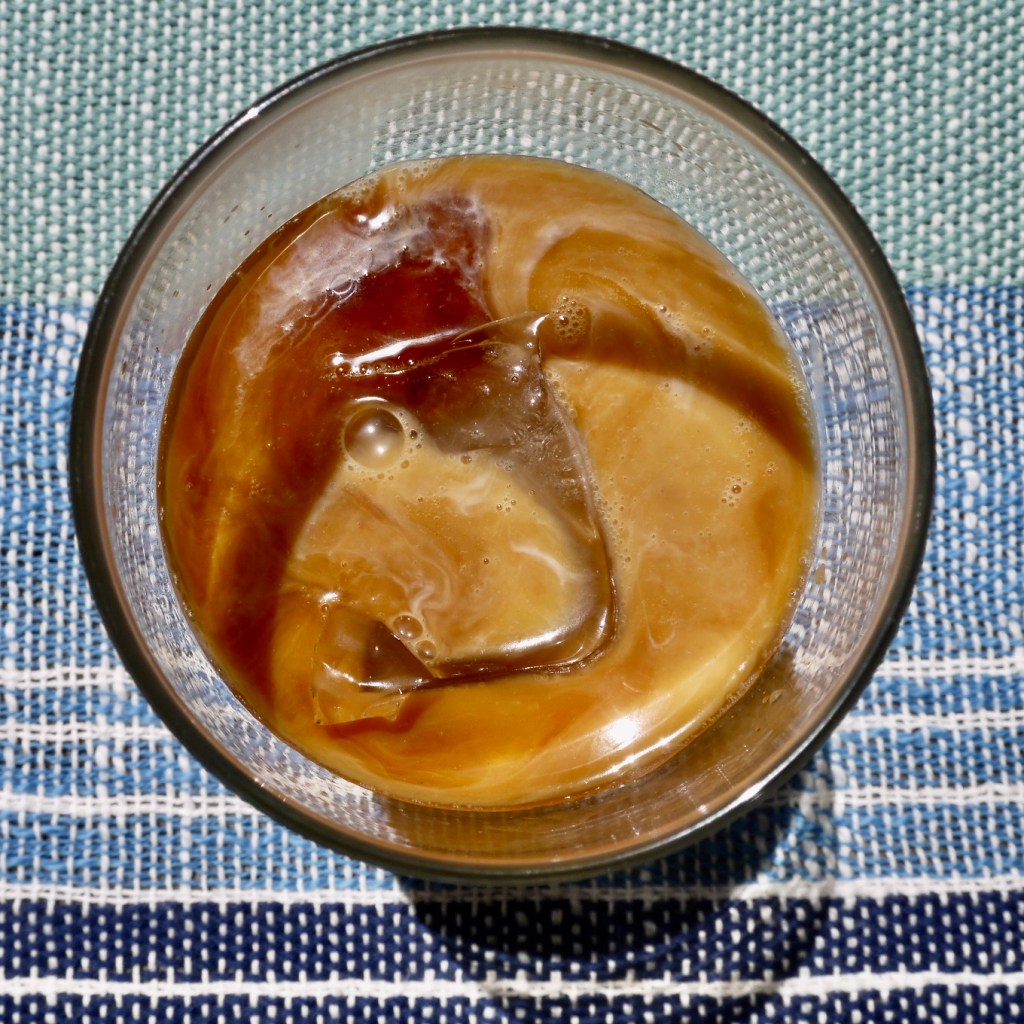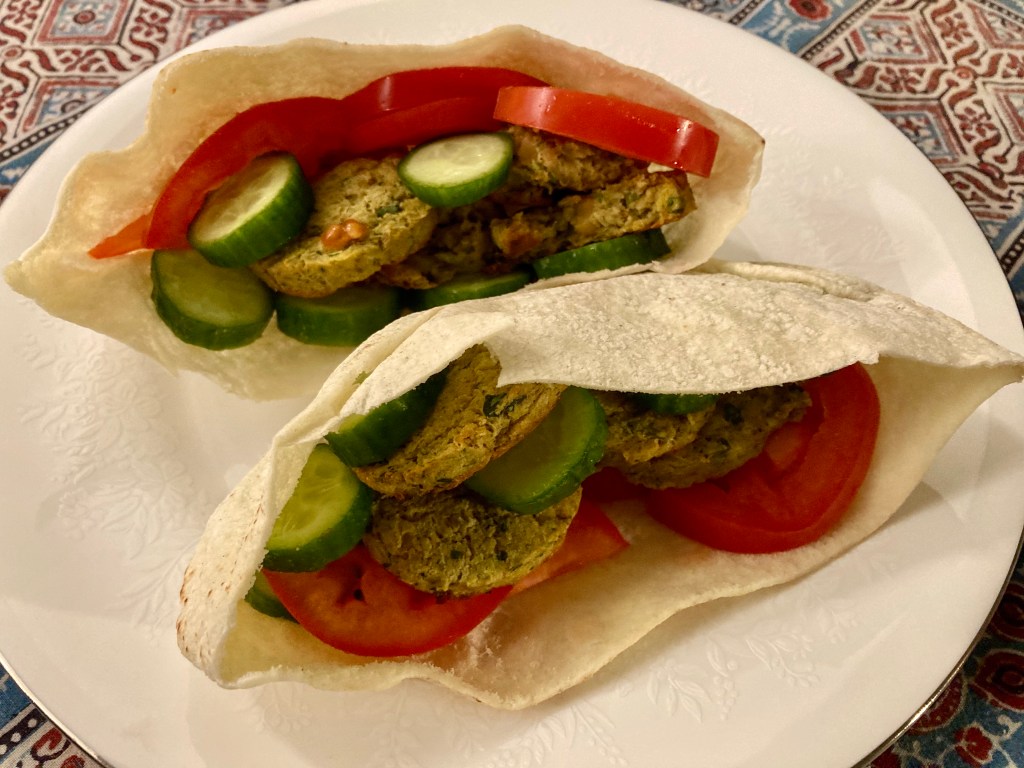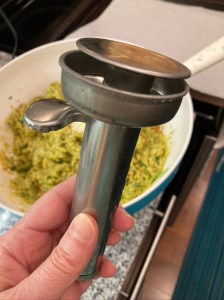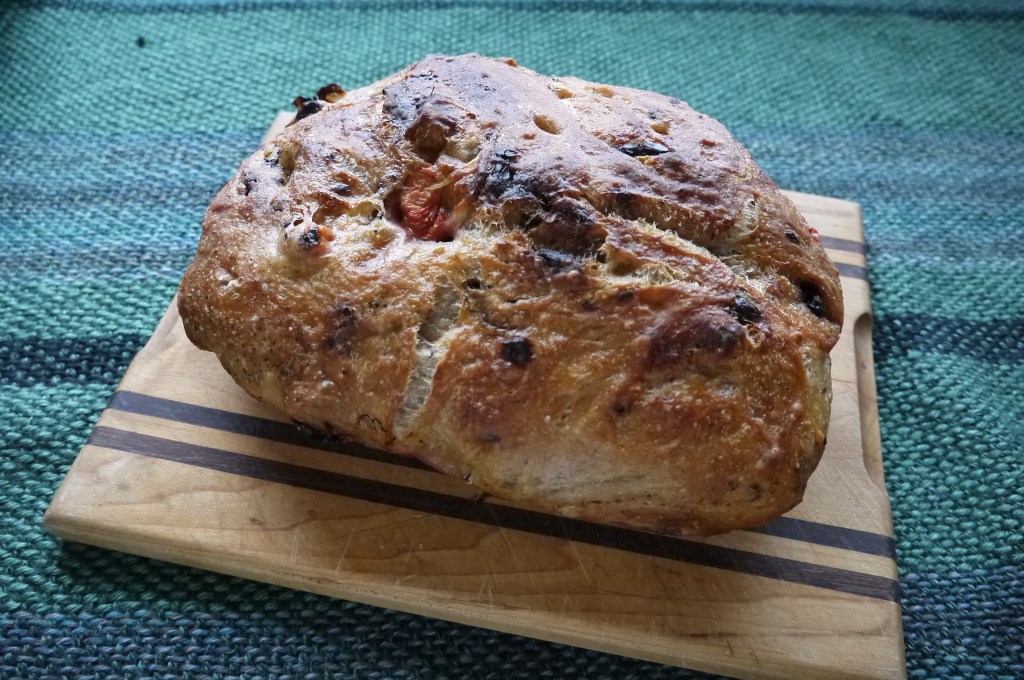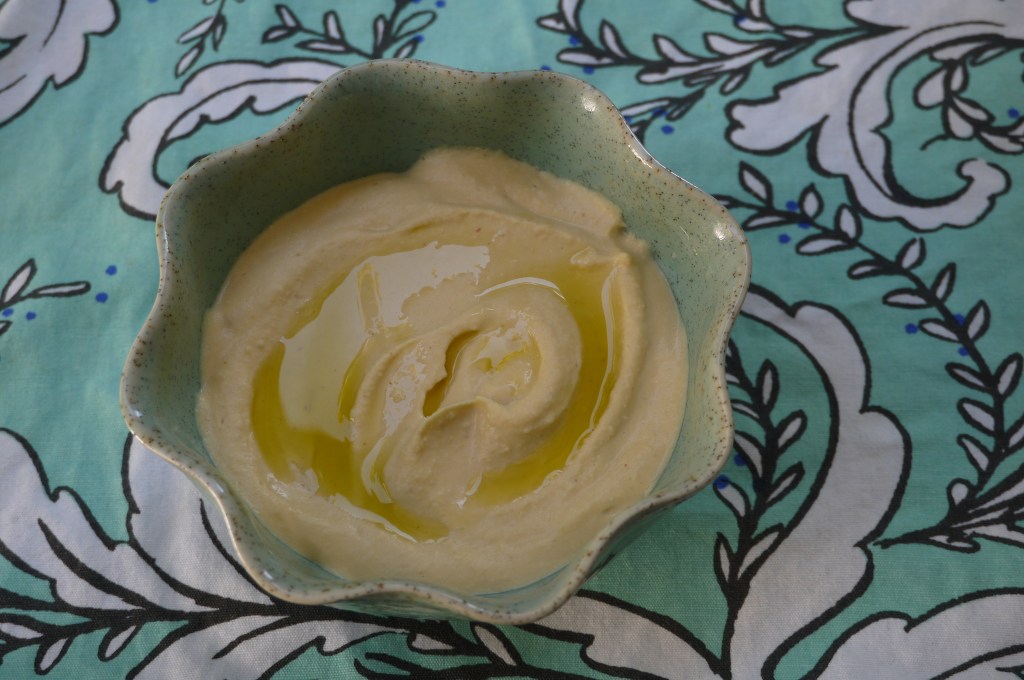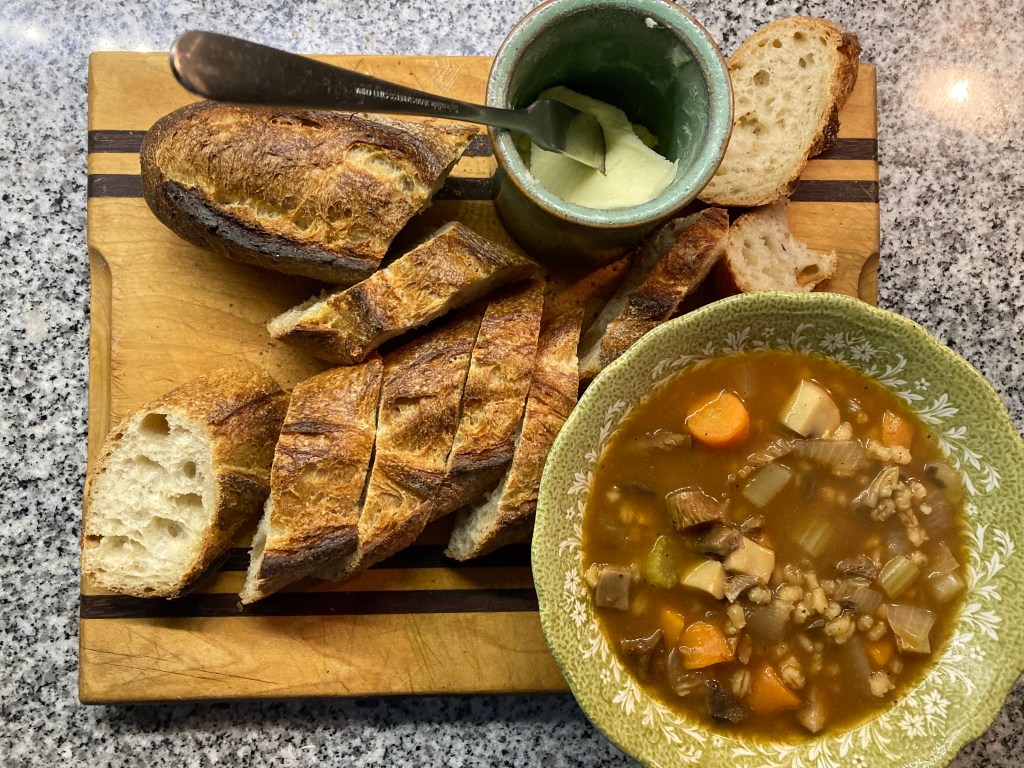
These chicken strips are really easy to whip up in an Air Fryer. With a bit of spice and a crunchy exterior, they’re pretty addictive!
The majority of the recipes I post are recipes that someone else has created; most of the time I make some changes to the recipe, and sometimes I follow the recipe to the T. This one I made up myself, and I have to tell you it’s a good one!!
It’s been far too long since I last posted a recipe on here, but I’m starting to see the light at the end of the tunnel in my Master’s program. I haven’t been taking any photos of my food makes for a long time, so when I made up this recipe last night I again didn’t take a photos. I did remember what I put in the recipe, and it was so good that I had to make it again tonight, and this time I took a few photos.
What’s so great about this recipe, you ask? Well . . . these chicken strips are really tender thanks to the air fryer cooking method, and the chili coating brings a ton of flavour to them. Plus there’s no added oil, other than a little bit that you spray on the cooking surface.
Gochujang is a Korean chili paste that has a little heat, a little sweetness, and is slightly fermented. You can find Gochujang paste at any Korean grocery store; I get mine at Kim’s on Broadway in Vancouver.
I was a holdout on the Air Fryer purchase, but the more I read peoples’ opinions on it and heard from friends what they liked about it, I figured I should look into it. I do not like to have a ton of machines, and the Air Fryer machine is quite large, so I bought the Air Fryer lid for the Instant Pot that I already own. Since then I’ve done a lot of roasted veggies, Agadashi Tofu, and a few different chicken strip recipes. All have been excellent, and all have taken so little time that I am motivated to try more recipes. I made this recipe, start to finish, in less time than it would take me to preheat my oven.
I served these with Air Fryer roasted cauliflower last night, and tonight I made breaded zucchini in the Air Fryer. Air Fryer fries are also awesome! I dipped the chicken in a sweet chili sauce, but feel free to use your sauce of choice or no sauce at all.
What you need:
- 1 chicken breast
- 2 tablespoons Gochujang paste
- 2 teaspoons soy sauce
- 2 teaspoons Mirin
- 1 clove garlic, crushed
- 1/3 to 1/2 cup Panko crumbs
What you do:
- Combine the Gochujang, soy, mirin, and garlic in a bowl.
- Put the Panko crumbs in another bowl.
- Cut the chicken breast into strips.
- Place the chicken in the Gochujang mixture and coat all sides.
- Using a fork, place a piece of chicken in the Panko crumbs and coat all sides.
- Spray the Air Fryer with oil spray, then place the chicken on the Air Fryer rack in a single layer, with a little space between each piece.
- All Air Fryers will work differently, so get to know the cooking times on your machine. For my Instant Pot Air Fryer lid, I cooked the chicken at 400F with no preheating. First I cooked it for 4 minutes, then flipped the chicken and cooked it two minutes more. If you are testing your machine out, you could try cooking for a shorter amount of time so you don’t overcook, then add a minute at a time. Make notes about your cooking times.
- Enjoy them while they are hot!





